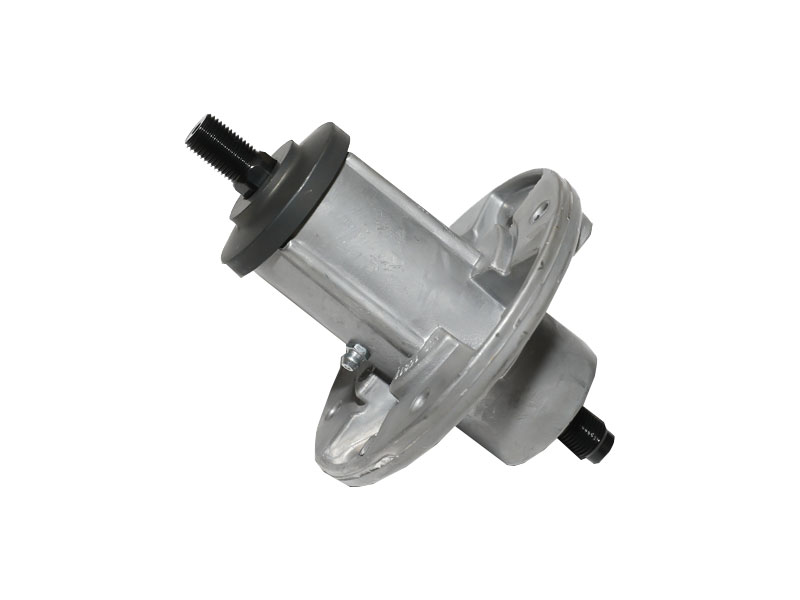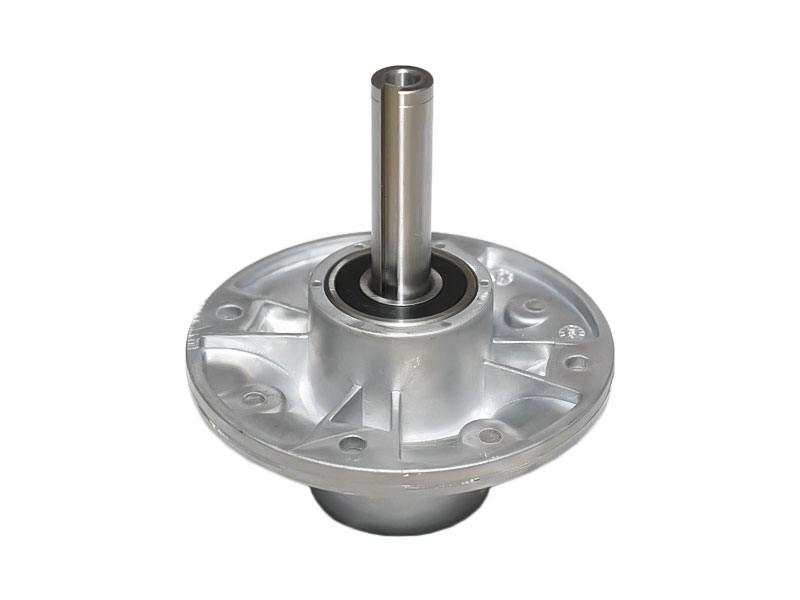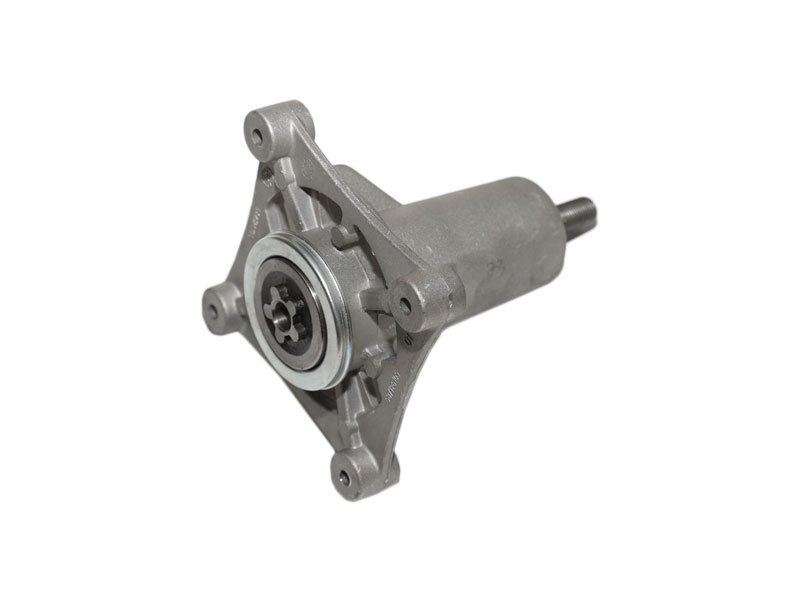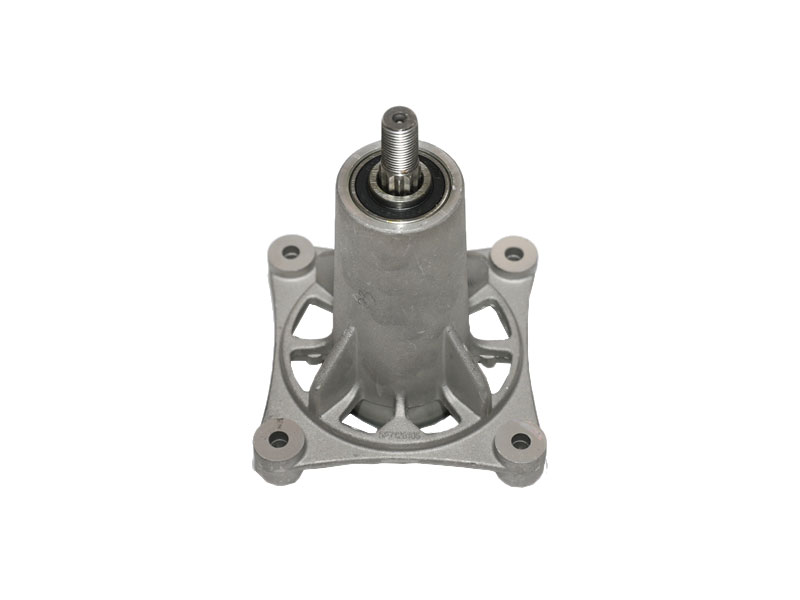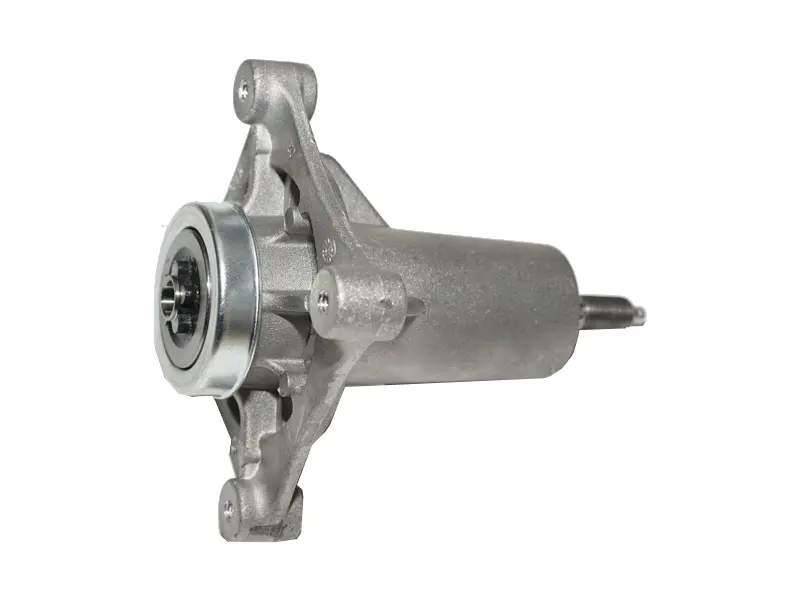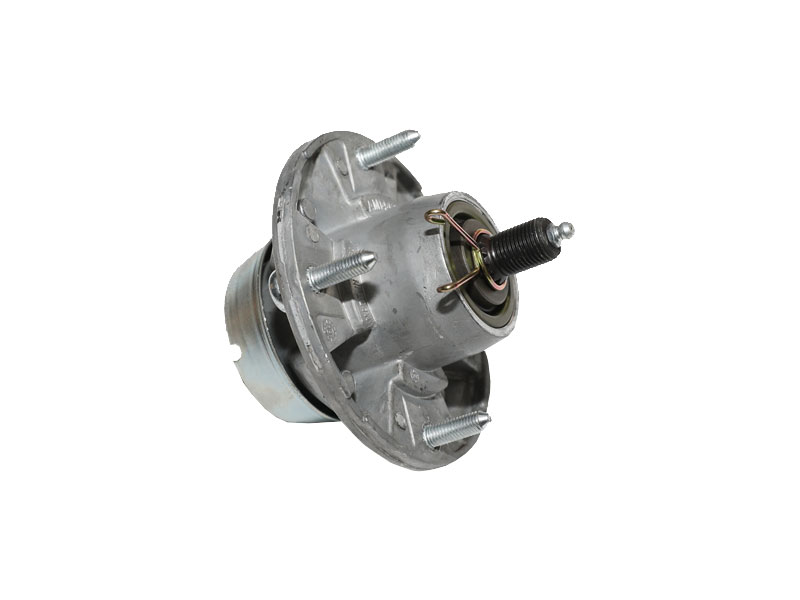In the world of automotive engineering, a well-designed steering system is crucial for the safe and reliable operation of a vehicle. One vital component of this system is the drag link, a connecting rod that transmits motion from the steering gearbox to the steering knuckle. While drag links come in various sizes and configurations, heavy-duty drag links play a critical role in ensuring the stability, control, and durability of vehicles, particularly in heavy-duty applications.


What is a Heavy-Duty Drag Link?
A heavy-duty drag link is a robust, sturdy connecting rod that is specifically designed to withstand high levels of stress and provide enhanced durability in demanding applications. It is commonly used in heavy-duty trucks, off-road vehicles, and other industrial machinery that require increased strength and resilience. Unlike standard drag links found in smaller vehicles, heavy-duty drag links are engineered with stronger materials, larger diameter tubes, and reinforced joints to handle the added loads and strains encountered in rugged terrains or heavy loads.
Enhanced Strength and Durability:
The primary purpose of a heavy-duty drag link is to maintain the connection between the steering gearbox and the steering knuckle, allowing the driver to control the direction of the vehicle. Heavy-duty drag links are engineered to withstand the additional forces exerted by larger tires, rough terrains, and heavier loads. By utilizing high-strength materials such as alloy steel or chromoly steel, these drag links provide exceptional tensile and yield strength, reducing the risk of bending or breaking under extreme conditions.
Improved Handling and Control:
Heavy-duty drag links play a crucial role in maintaining precise steering control, especially in challenging environments. Their robust construction minimizes flexing, ensuring that the steering inputs from the driver are accurately translated to the wheels. This improves the responsiveness and predictability of the vehicle, enhancing safety and maneuverability in off-road or heavy-duty applications.
Resistance to Wear and Tear:
Operating in demanding conditions can subject the steering system to increased wear and tear. Heavy-duty drag links are designed with reinforced joints and bushings, reducing the likelihood of premature wear or failure. The joints are typically equipped with grease fittings for regular lubrication, which helps to minimize friction, reduce heat buildup, and extend the overall lifespan of the drag link.
Compatibility and Ease of Installation:
Heavy-duty drag links are often available as direct replacements for the standard drag links in many heavy-duty vehicles. They are engineered to match the dimensions and mounting points of the original equipment, making installation relatively straightforward for experienced technicians or mechanically inclined individuals. Upgrading to a heavy-duty drag link can be a cost-effective solution to enhance the steering system's performance and durability without significant modifications.
Heavy-duty drag links are essential components of a vehicle's steering system, especially in heavy-duty applications where durability and reliability are paramount. These robust connecting rods provide enhanced strength, improved handling, and increased resistance to wear and tear. By investing in heavy-duty drag links, vehicle owners can ensure the longevity and performance of their steering systems, contributing to safer and more controlled driving experiences, even in the harshest conditions.
 English
English 中文简体
中文简体 Español
Español svenska
svenska




